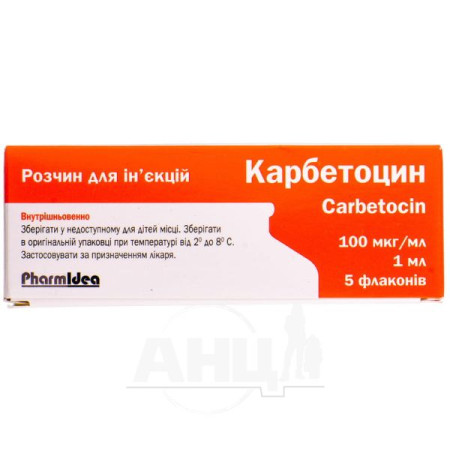Grastim solution for injection 0.3 mg/ml vial 1 ml No. 1

Grastim injection solution is indicated for:
reduction of the duration and incidence of neutropenia and febrile neutropenia in patients receiving cytotoxic chemotherapy for malignant diseases (except chronic myeloid leukemia and MDS); reduction of the duration of neutropenia and its clinical consequences in patients receiving myeloablative therapy followed by allogeneic or autologous bone marrow transplantation; mobilization of peripheral blood stem cells (PBSC), including after myelosuppressive therapy; long-term therapy to increase the number of neutrophils and reduce the incidence and duration of infectious complications in children and adults with severe hereditary, periodic or idiopathic neutropenia and an absolute neutrophil count ≤ 0.5 × 10 9 / l and a history of severe or recurrent infections; reducing the risk of bacterial infections and treating persistent neutropenia (absolute neutrophil count ≤1 × 10 9 / l) in patients with advanced HIV infection when other means of controlling neutropenia are ineffective; mobilizing peripheral blood stem cells (PBSCs) in healthy donors for allogeneic PBSC transplantation.Composition
Active ingredient: filgrastim;
1 ml of human granulocyte colony-stimulating factor (G-CSF) 0.3 mg (30 million IU or 300 mcg)
Excipients: sorbitol (E 420), polysorbate 80, sodium acetate trihydrate, glacial acetic acid, water for injections.
Contraindication
Hypersensitivity to filgrastim, colony-stimulating factor, Escherichia coli or to any of the excipients. Severe hereditary neutropenia (Kostman syndrome) with cytogenetic abnormalities and autoimmune neutropenia. End-stage chronic renal failure. Chronic myeloid leukemia and myelodysplastic syndrome.Method of application
Therapy can be carried out in medical institutions where there is the necessary diagnostic equipment. Physicians should have experience in the use of medicines containing granulocyte colony-stimulating factor (G-CSF) and the treatment of patients with hematological diseases.
Mobilization and apheresis procedures should be performed in collaboration with physicians who have the appropriate experience and the ability to properly monitor hematopoietic progenitor cells.
Before use, the contents of the vial or pre-filled syringe should be visually inspected. The solution should be prepared under aseptic conditions. The solution should be clear and free of visible particles.
Application features
Pregnant women
Not recommended for use.
Children
The safety and efficacy of the drug in neonates have not been established. Dosage recommendations for pediatric patients are the same as for adults receiving myelosuppressive cytotoxic chemotherapy.
Drivers
No effect.
Overdose
Patients with cancer receiving filgrastim as an adjunct to myelosuppressive chemotherapy are advised to avoid the potential risk of excessive leukocytosis; filgrastim therapy should be discontinued if the ANC exceeds 10,000/mm3 after the nadir of the chemotherapy-induced ANC. Doses of filgrastim that raise the ANC to levels greater than 10,000/mm3 may not provide additional clinical benefit. The maximum tolerated dose of filgrastim has not been established. Efficacy has been observed at doses of 4-8 mcg/kg/day with non-myeloablative chemotherapy. Bone marrow transplant patients have received up to 138 mcg/kg/day without toxic effects, although a less pronounced response was observed when the daily dose was exceeded >10 mcg/kg/day.
1-2 days after stopping treatment, the number of circulating neutrophils usually decreases by 50%, and returns to normal after 1-7 days.
Side effects
The most common side effects of filgrastim therapy are mild to moderate bone and muscle pain. Bone and muscle pain usually resolves with standard painkillers.
Allergic reactions in patients are observed more often with intravenous administration of the drug. In some cases, symptoms reappeared during a provocation test, indicating a causal relationship. In case of serious allergic reactions, the patient should not receive further filgrastim.
Interaction
The severity of neutropenia may be increased when filgrastim is administered concomitantly with 5-fluorouracil. Interactions with other hematopoietic growth factors and cytokines are unknown.
Due to pharmaceutical incompatibility, the drug cannot be mixed with 0.9% sodium chloride solution.
Storage conditions
Store out of the reach of children at 2° - 8°C. Do not freeze.
Shelf life - 2 years.
There are no reviews for this product.
There are no reviews for this product, be the first to leave your review.
No questions about this product, be the first and ask your question.

